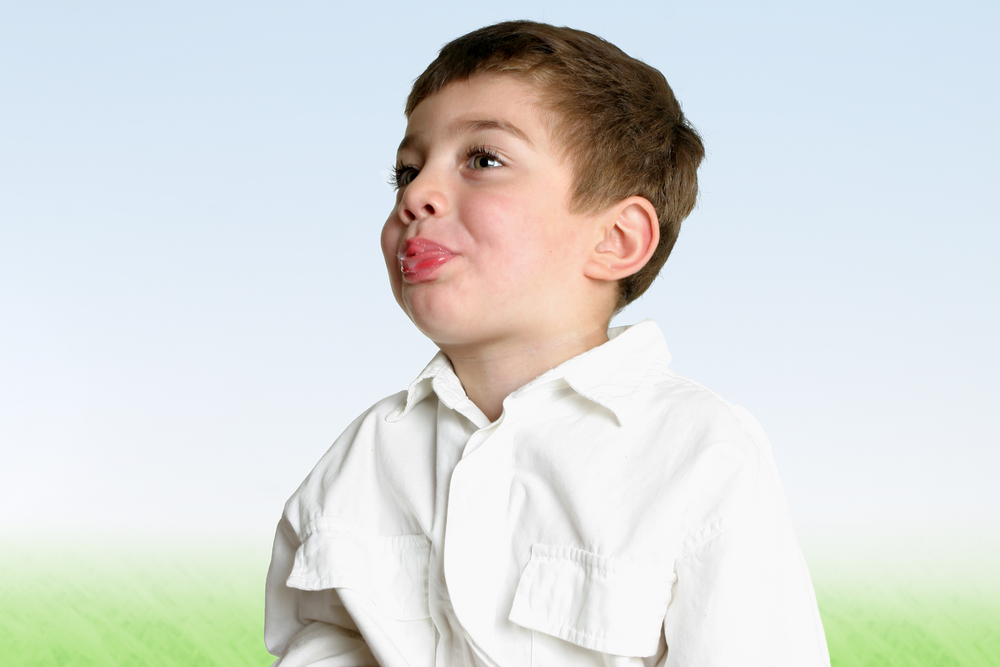Problems with Visuospatial Attention Common in Unilateral Spastic CP Children, Study Finds

Visuospatial attention deficits are very common in children with unilateral spastic cerebral palsy, and should be considered as part of a rehabilitation program, an observational study says.
The research, “Impairments of Visuospatial Attention in Children with Unilateral Spastic Cerebral Palsy,” was published in Neural Plasticity.
Cerebral palsy (CP) comprises a group of neurological disorders that affect posture and restrict movement. These disorders are caused by brain lesions that occur in fetal development or infancy.
Unilateral spastic cerebral palsy (USCP), one of the most common forms affecting up to 38% of all patients, is characterized by joint stiffness, spasms, and muscle tightness (spasticity) on one side of the body.
Visuospatial attention, defined as one’s ability to perceive and process spatial information in one’s surroundings, is frequently impaired in children with USCP. Study authors suggest this may be due to “the impact of the motor deficit over the attentional system.”
A research team at Université catholique de Louvain in Belgium and their collaborators observed visuospatial attention deficits in a group of children with USCP.
To distinguish between egocentric (when the patient neglects visual stimuli on one side of the body) and allocentric (the child neglects visual stimuli on one side of an object) deficits, the investigators gave four visuospatial attention tests: star cancelation (finding and canceling small stars, drawn on a sheet of paper); Ogden figure copy (copying an image); line bisection (finding the middle of several lines drawn on a sheet of paper); and proprioceptive pointing (pointing ahead with one finger, while blindfolded).
“We hypothesized that many children with USCP would show abnormal values in both ego- and allocentric visuospatial attention tests. Detecting the presence of these deficits appears as important to tailor the rehabilitation process to each child and thus to improve his/her ability in everyday motor activities,” the researchers said.
The observational study enrolled 75 children with USCP — 45 with right, and 30 with left USCP — ages 5-17. More than half of the patients (64%) did poorly in at least one visuospatial attention test, compared to normally developing children, while 28% and 10.7% did badly in at least two or three tests.
In individual test performances, the research showed that nearly half the participants (44%) did not do well on the line bisection test, followed by 25.3% of with poor results in on the Ogden figure copy, 18.7% on star cancellation and 10.6% on proprioceptive pointing.
Children with right USCP had mostly allocentric deficits, while children with left USCP had primarily egocentric impairments.
Although the scientists did not link visuospatial impairments to brain lesions’ location, they found that children with lesions in the cortex (the outer layer of the brain) were more likely to experience visuospatial attention deficits than children with lesions around the ventricles (the cavities in the center of the brain that are filled with cerebrospinal fluid).
“[F]uture studies should further investigate the evolution of visuospatial attention deficits in the function of lesion characteristics and brain development in children with cerebral palsy,” the researchers wrote.
“The present findings may help in improving the rehabilitation of children with USCP, as visuospatial abilities are critical for motor skill learning and motor control.”


